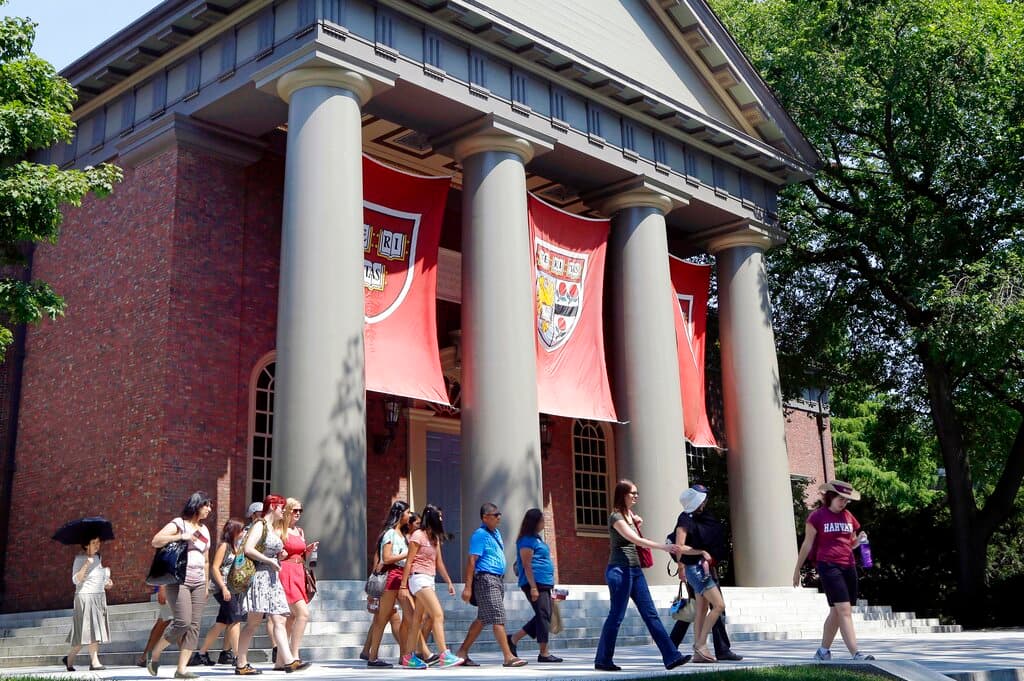In a Boomerang Effect, College Applicants Face Greater Competition at Schools Without Standardized Testing Requirements
Test-optional admission policies are inflaming selectivity rather than leveling the playing field of applicants as had been intended.

Is the best answer choice A, B, C, D, or none of the above? High school students across America are furrowing their brows at that conundrum as they seek top scores on the SAT and ACT, even as more than two-thirds of American colleges and universities no longer require applicants to submit results.
Please check your email.
A verification code has been sent to
Didn't get a code? Click to resend.
To continue reading, please select:
Enter your email to read for FREE
Get 1 FREE article
Join the Sun for a PENNY A DAY
$0.01/day for 60 days
Cancel anytime
100% ad free experience
Unlimited article and commenting access
Full annual dues ($120) billed after 60 days

